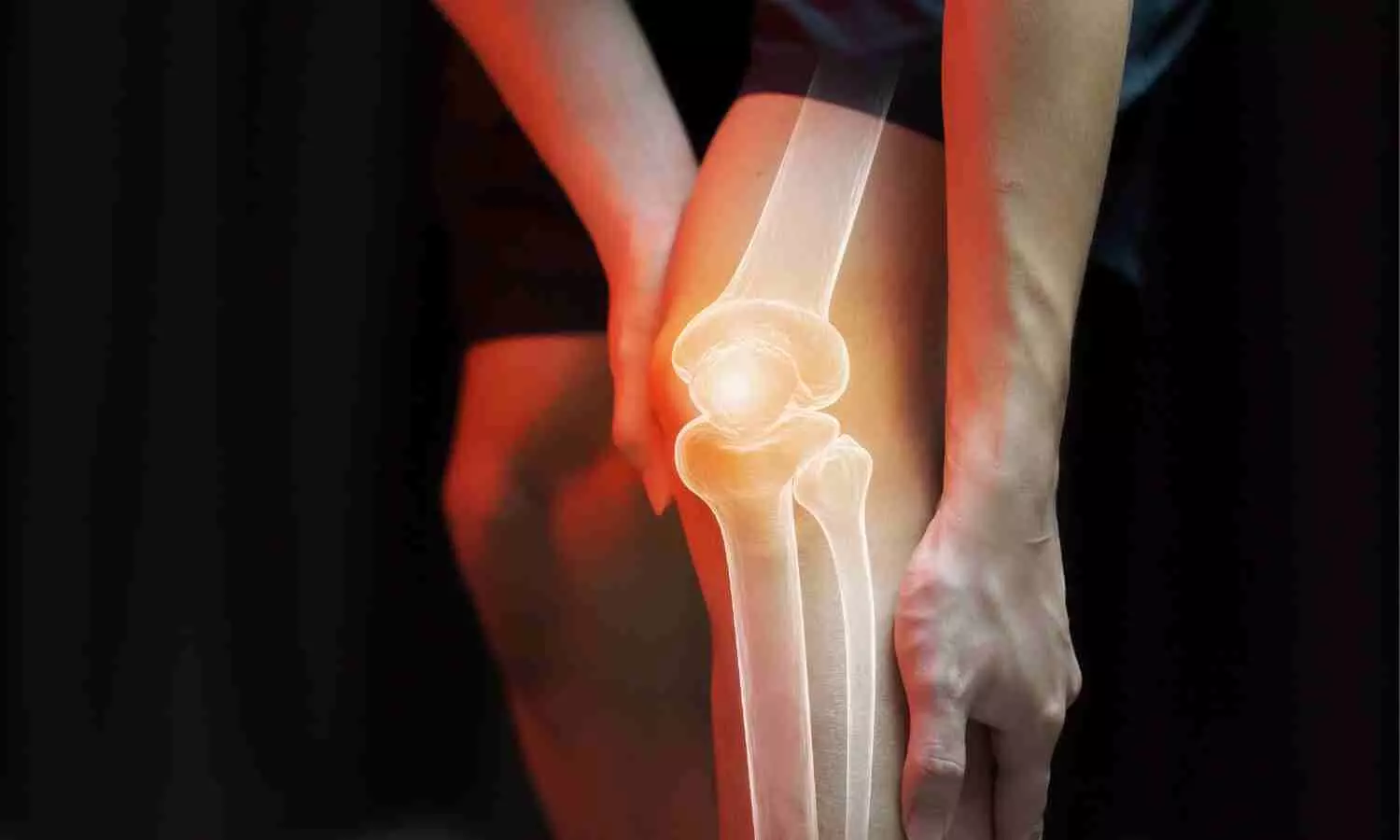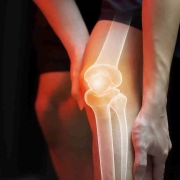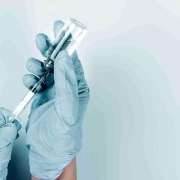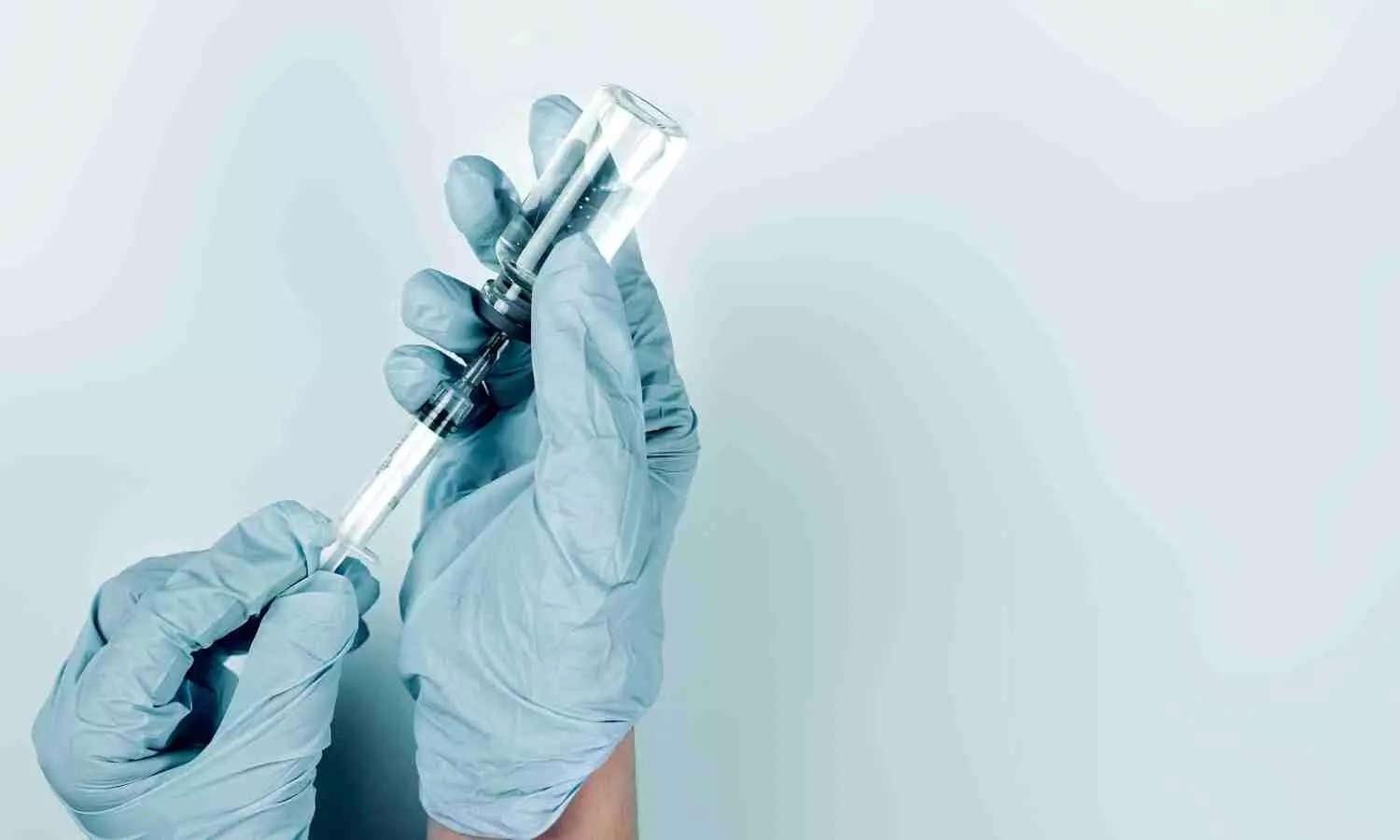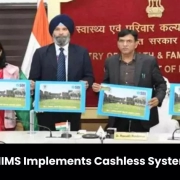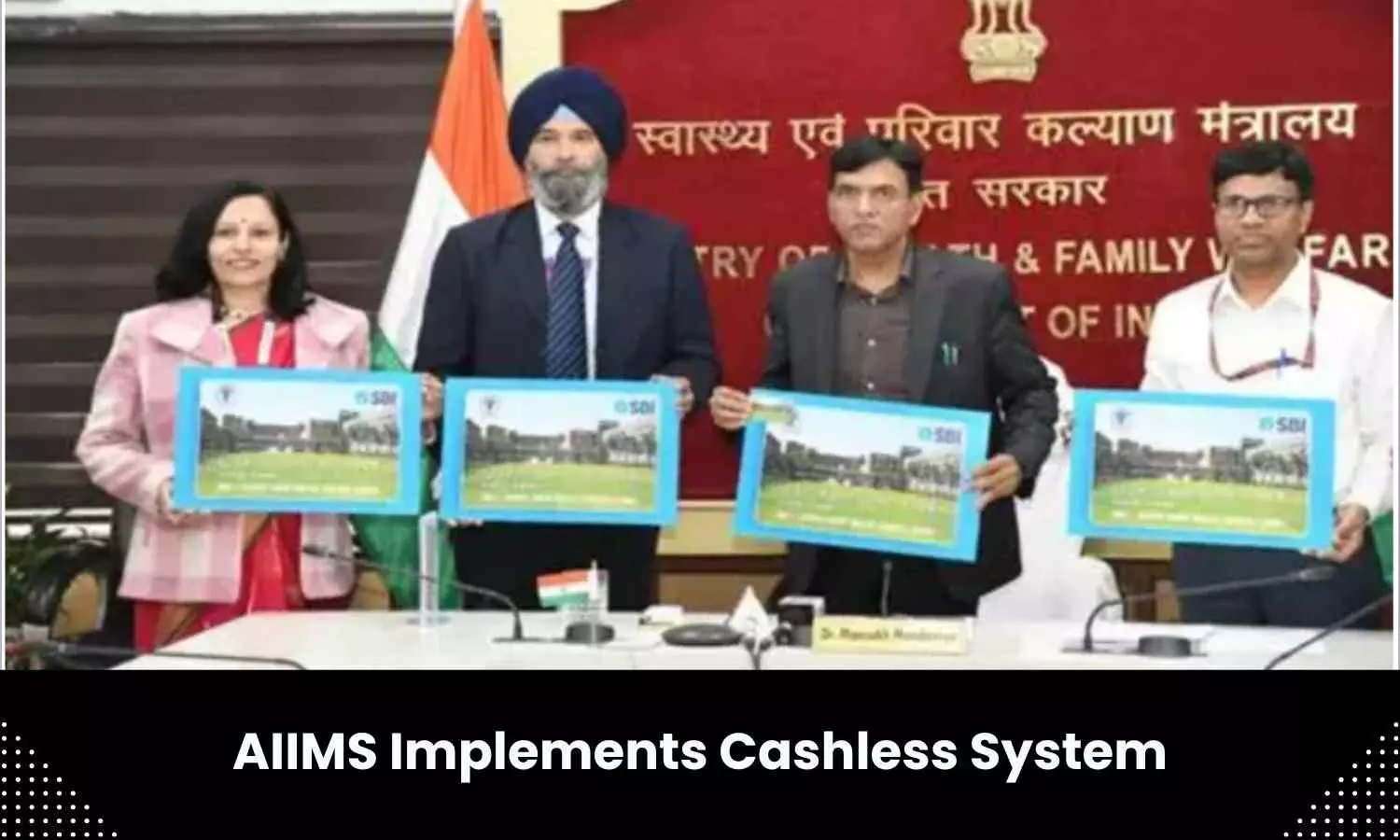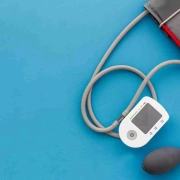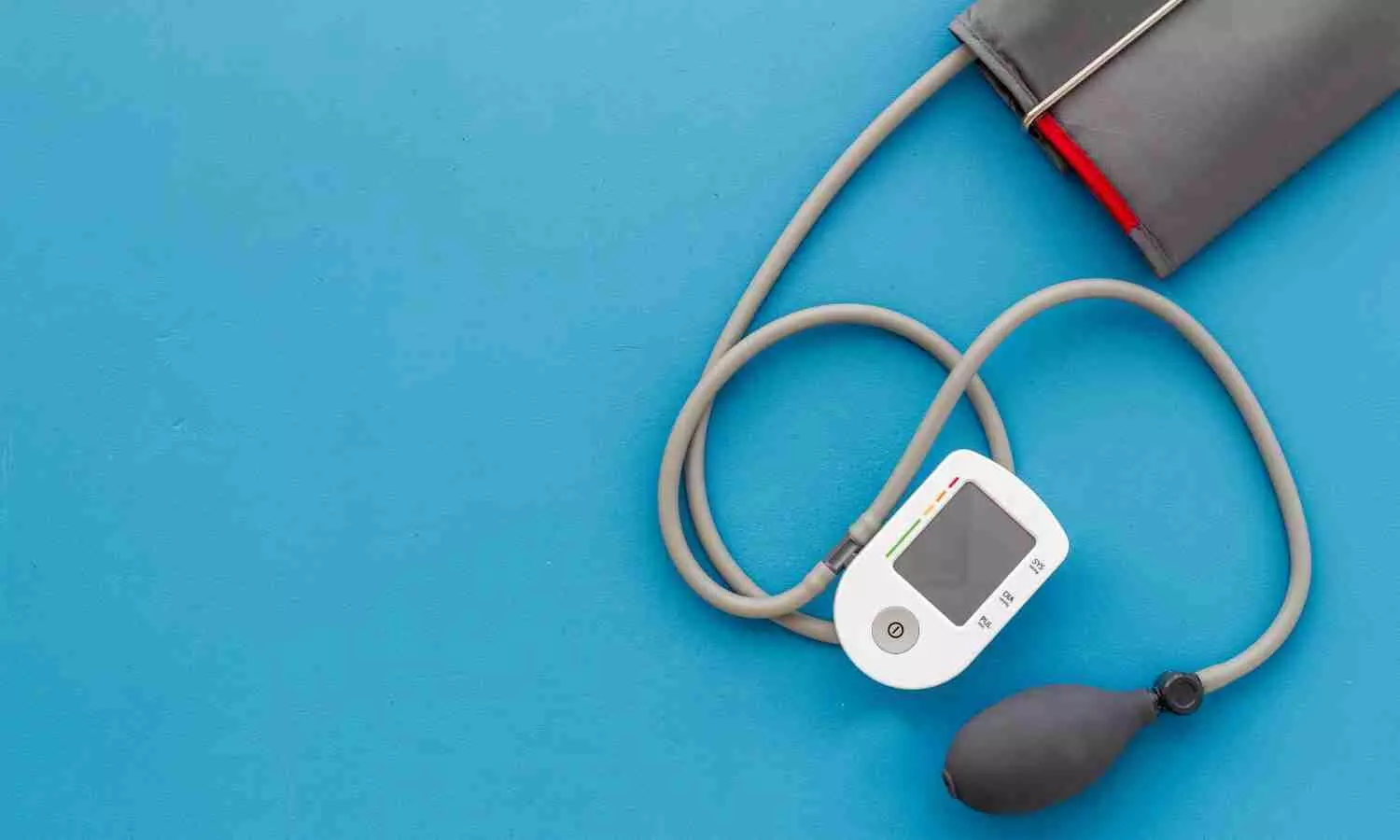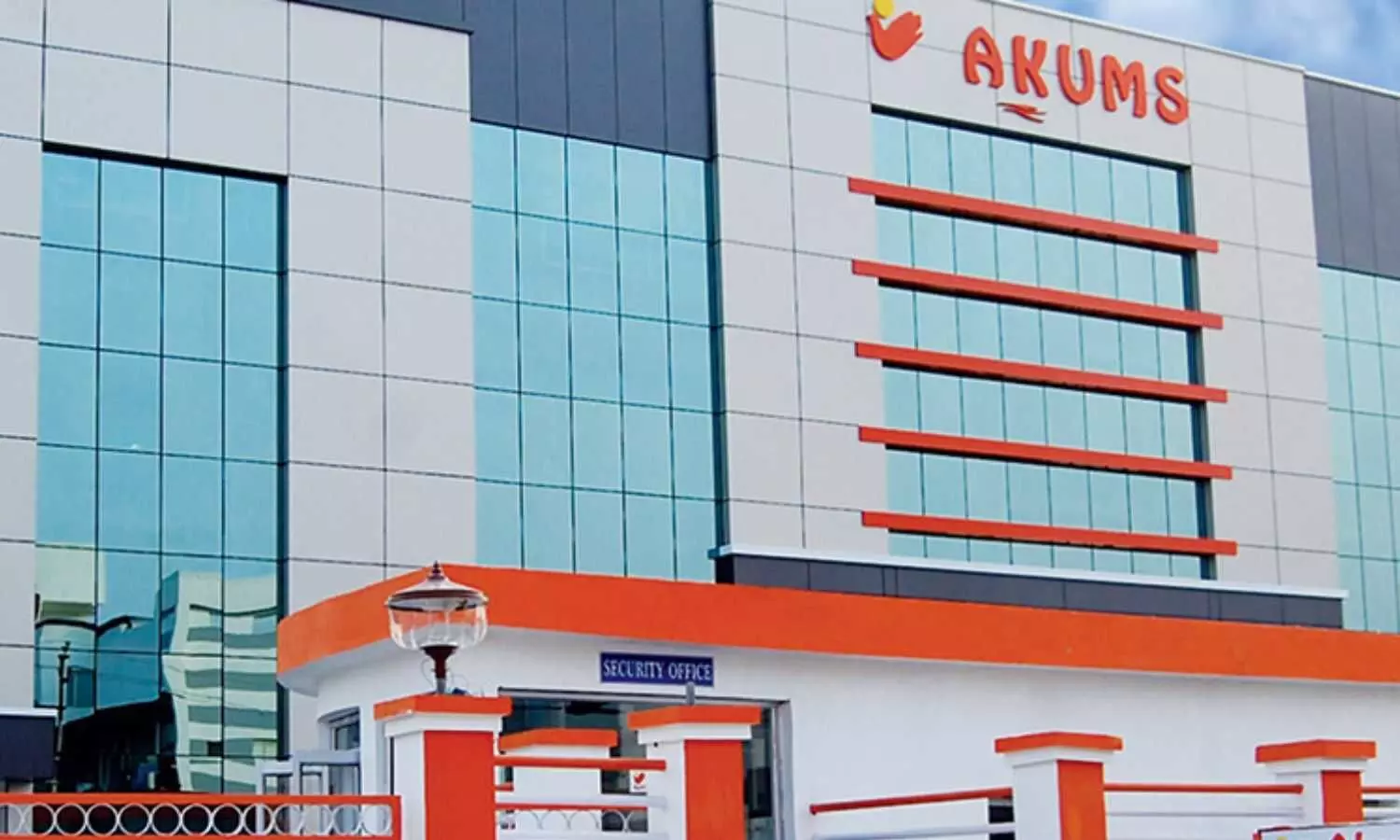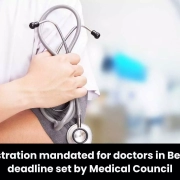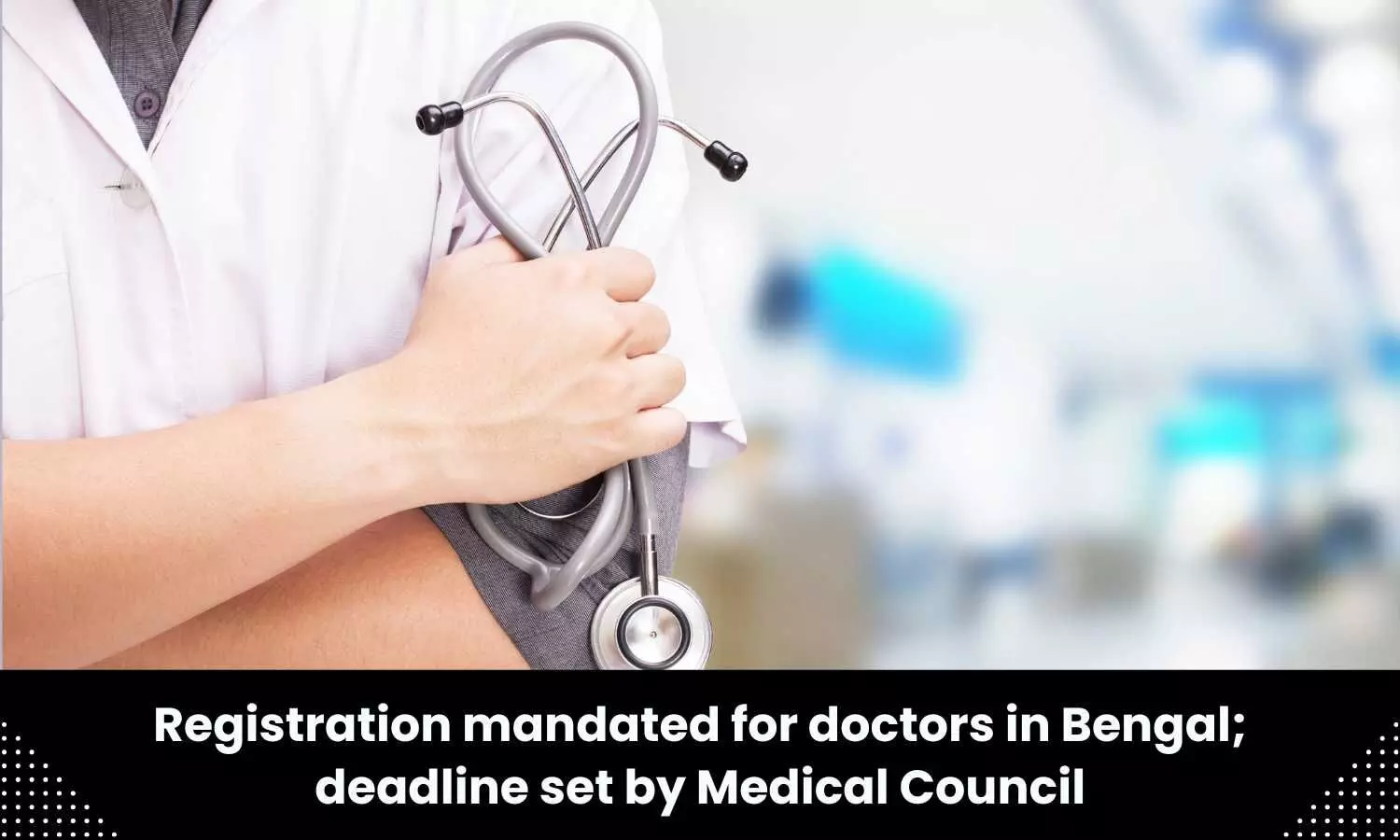
Hyderabad: In response to the suspension of the two on-duty doctors and a nursing staff following an incident where a patient was bitten by rats in the ICU of Kamareddy Government Hospital. The doctors across Telangana protested and demanded the order be revoked.
After a patient was bitten by rats on his fingers and toes while he was undergoing treatment at the Kamareddy government hospital, two doctors and a nursing staff were suspended on Sunday due to allegations of being negligent towards the patient.
The three employees in the Intensive Care Unit (ICU) at Government Medical College and General Hospital, Kamareddy, faced disciplinary action after an investigation conducted by Vaidya Vidhana Parishad commissioner Ajay Kumar uncovered alleged medical negligence on their part.
The patient was undergoing treatment at the government hospital at Kamareddy district headquarters. According to hospital officials, he had undergone decompressive craniotomy surgery at NIMS, Hyderabad on January 21. He was later admitted to Kamareddy Hospital and was on ventilator support.
Also read- Rodents Menace: SMS Hospital Engages Firm To Prevent Infection
However, the situation turned serious when the patient was bitten by rats on his hands and feet in the ICU on February 9. After noticing the scars on his fingers and toes, the family members filed a complaint to the hospital authorities.
In response to the complaint, a preliminary investigation was launched and the probe held that these three employees who were on night duty were responsible for the matter asserting that they were negligent in taking care of the patient, reports TOI.
Kamareddy district collector Jitesh V. Patil ordered the suspension of ICU in-charge general medicine Dr Vasanth Kumar (Associate Professor), ICU in-charge Dr Kavya (Assistant Professor) and nursing officer. The district collector also surrendered the services of the hospital superintendent to the government, IANS reports.
Meanwhile, doctors and hospital employees on Monday staged a protest over the suspension of three colleagues. Wearing black badges, doctors participated in the protest in front of the hospital. Not only this, doctors from government hospitals across the state, including Mancherial, Jangaon, Nirmal, Ramagundam, Mahabubnagar, Wanaparthy and Asifabad, among others also expressed their displeasure with the government’s decision. They demanded that the suspension be revoked and threatened to go on strike if the suspension was not lifted.
Condemning the suspension of the doctors, the Telangana Teaching Government Doctors’ Association (TTGDA) said that the doctors were concerned only till they treated the patients and it was the responsibility of sanitation staff and officials to keep the hospital free from rats, dogs, pigs and insects.
Following this, the association had a meeting with Health Minister Damodar Raja Narasimha on Monday evening. The Minister assured the protesting doctors that the suspension order would be revoked and action would be initiated against appropriate authorities.
Dr Jalagam Thirupathi Rao, the State General Secretary of the Telangana Teaching Government Doctors Association (TTGDA) told TH, “The responsibility for rodent-related issues lies with the sanitation staff and not the doctors. The required action should be directed towards the sanitation agency, not the doctors who have no involvement in sanitation matters. We are staging a black badge protest, urging the DME to revoke the suspensions; otherwise, all doctors in the State will march to the DME office on Tuesday.”
Among those suspended Dr Vasanth Kumar informed the Daily that he was not present at the hospital on the day of the incident. “From February 9 until now, I have been assigned duties as an external examiner at Gandhi Medical College Hyderabad. Secondly, nobody ever made me in charge of the ICU at the Kamareddy Hospital. How can they suspend me when I was not present during the time of the incident?” he added.
Similarly, Dr Kavya said that she was not responsible for the incident as she had morning duty and denied being the ICU in-charge as mentioned in the government release.
Meanwhile, the Indian Medical Association (IMA) also came in support of the protesting doctors and threatened to hold a statewide protest if the government fails to revoke the suspension of the three employees.
The association in a statement said, “It is the duty of all medical officers to treat the patient till they are discharged, but they have no role in searching for rats in the wards to prevent bites. The ICU is meant to extend treatment to serious patients, to save precious lives. But, not to keep vigil on rats. It is highly irresponsible and unprofessional action taken against the medical officer for rate bite.”
Later, Telangana Vaidhya Vidhana Parishad commissioner Ajay Kumar visited the hospital and inspected with a three-member committee based on the direction of the Health Minister. During the inspection, the committee found several lapses in the hospital and recommended revoking the suspension of the three employees.
“The hospital has several lapses, including staff crunch, improper upkeep and ongoing construction work. Sightings of rats have been common. The hospital was converted into a medical college last year and is being upgraded from a 100-bed hospital to a 300-bed one. There is sewer network work going on too,” a source told TOI.
“The government general hospital in Kamareddy has a capacity of 10 ICU beds. The rodent problem is due to dismantling work beside the ICU for renovation of the dialysis unit as well as because of food thrown by patients’ attendants,” a statement issued by the Department of Health, medical and Family Welfare stated. It added that the department was monitoring the situation and “no untoward incident will be tolerated, especially in offering health care to the needy”. As a result, a departmental inquiry has been ordered by the government in this regard.
Attendants of other patients also complained about the rat menace at the hospital. They demanded hospital authorities to take immediate action to solve the problem.
Also read- Rodents Menace At Prayagraj Hospital: Allahabad HC Takes Suo Motu Cognizance
